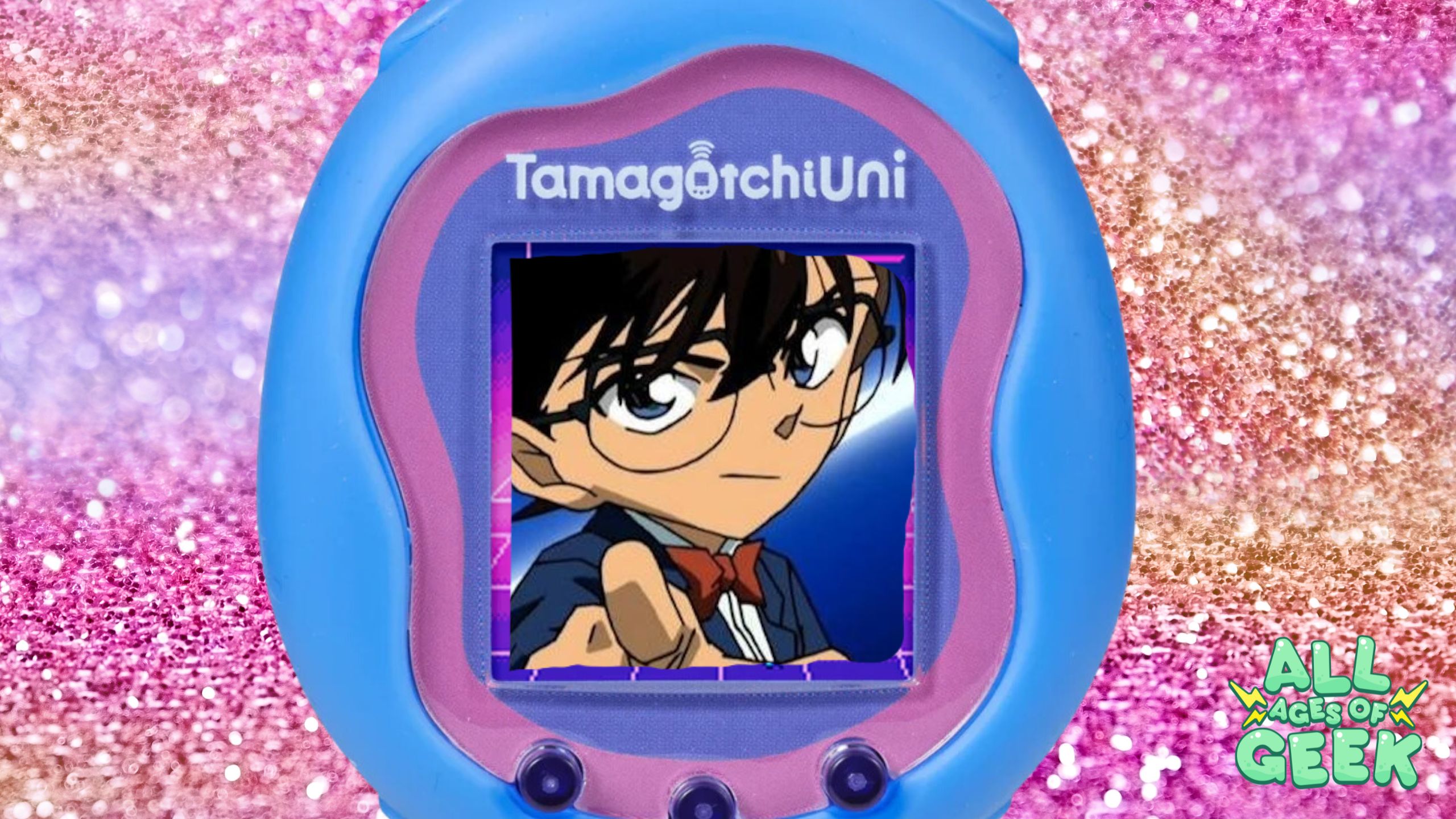So we’re moving onto S1E2 of Golden Kamuy today.
Reminder that I am not trying to speak authoritatively on this group. I am just trying to convey what I have learned through studying firsthand and academic accounts through a century of materials.
This is also not a beat-by-beat retelling of each episode. These are just my evolving thoughts as I watch.
I’m a little over 7 minutes into the episode and there hasn’t been a whole lot of Ainu culture stuff yet. There was a little bit of talk about some Ainu traps and Ainu women being tattooed, so I’m just going to talk about the story. This article series is mainly focused on the cultural aspects, but I might need to talk about the plot a bit too.
The main plot of the series is basically a treasure hunt. The Ainu had a bunch of gold and hoarded it, but a Japanese man took and hid it. The only map to it was tattooed on prisoners. The only way to use those tattoos is to kill and skin the men then put them together.
It’s a frankly horrifying plot and the main male character, Saichi Sugimoto, is a ruthless veteran of the Russo-Japanese War. That’s not to say he’s entirely unlikable. The reason he’s doing it is because his best friend asked him to take care of his wife and pay for the operation that will let her see again.
So you can understand his desperation.
Even so, it is still pretty shocking to see how quickly and easily he dehumanises the prisoners for his own ends. I know this is very much a side effect of war too. You learn to devalue the lives of your enemies and see them as not human. Sugimoto is really no different.
And of course there is immediate tonal whiplash with Ashiripa, the Ainu girl, coming in and breaking the scene tension.
Then this cute bit.
Third frame is Sugimoto off the side with a flat expression. He wiggles the pencil up and down to make it look like it’s made of rubber. Ashiripa is to the left, looking mortified.]
And things get interesting very shortly after. A random soldier kills the prisoner they’re looking after and then attacks them. Sugimoto goes to kill him, but Ashiripa is very against it. The man manages to get away and Sugimoto nails him after yeeting his rifle at him.
Ashiripa asks what “Immortal Sugimoto” means and this is what he says in response:
Of course it’s “Don’t be killed.”
He promises he’s not a murderer but he won’t hesitate to kill someone if they attack him first.
It’s definitely interesting to see the core values and experiences that Sugimoto’s had versus the Ainu values I’ve read about. They do their best to maintain humility and value all life. One core belief is that of caring for the soul. They believe all things, living and non, have their own soul and contain an energy called “ramat.” Granted, it’s not a word that can be easily translated or defined (Munro). This leads to a highly complex system of beliefs that revolve around gods, ghosts, and demons.
This does lead to why Ashiripa is so against killing. The complex system of beliefs leads to anybody having a violent death can have a serious impact on the living. Without proper funeral rites, a spirit will cause innumerable problems. She’s likely trying to avoid these problems by not having him kill even though their own lives are in danger.
After that, they go to eat and the episode comes to a bit of a halt to outline how a specific dish is made called chitatap. It’s definitely interesting to see the food made firsthand. I know this is something a lot of people probably wouldn’t like, but honestly, I adore it. It does completely stop the episode to go into these cultural explanations. But the segue was at least natural and set up at the beginning of the episode.
But we come to something I haven’t come across in my studies.
I never knew they said these words of thanks to the food. It does make sense within the context of what I’ve learned.
The hearth is one of the most sacred things in Ainu tradition. Fire is the source of all life, granted by Kamuy Fuchi (though you may also come across “Grandmother Hearth” in certain publications). She transforms the raw materials of the earth into edible food. So here she’s thanking Kamuy Fuchi for the food she’s about to eat and likely as well as the lives of the squirrels lost so theirs can continue on.
The rest of the episode was pretty good story wise. They find and capture a second prisoner and get distracted by a rabbit, allowing him to escape. Sugimoto gives chase and they fall into a river. And the next scene is kind of hilariously dark because they know they have hypothermia and are trying to make a fire.
Of course, they get the fire made and the prisoner fills Sugimoto in on more of the plot.
We learn the best army division is also after the prisoners, setting up what I’ll assume to be our series antagonists.
All in all, a pretty solid episode and a step up from the first one.
Sources:
Munro, Niel. Ainu Creed and Cult. Kegan Paul International, 1996.










